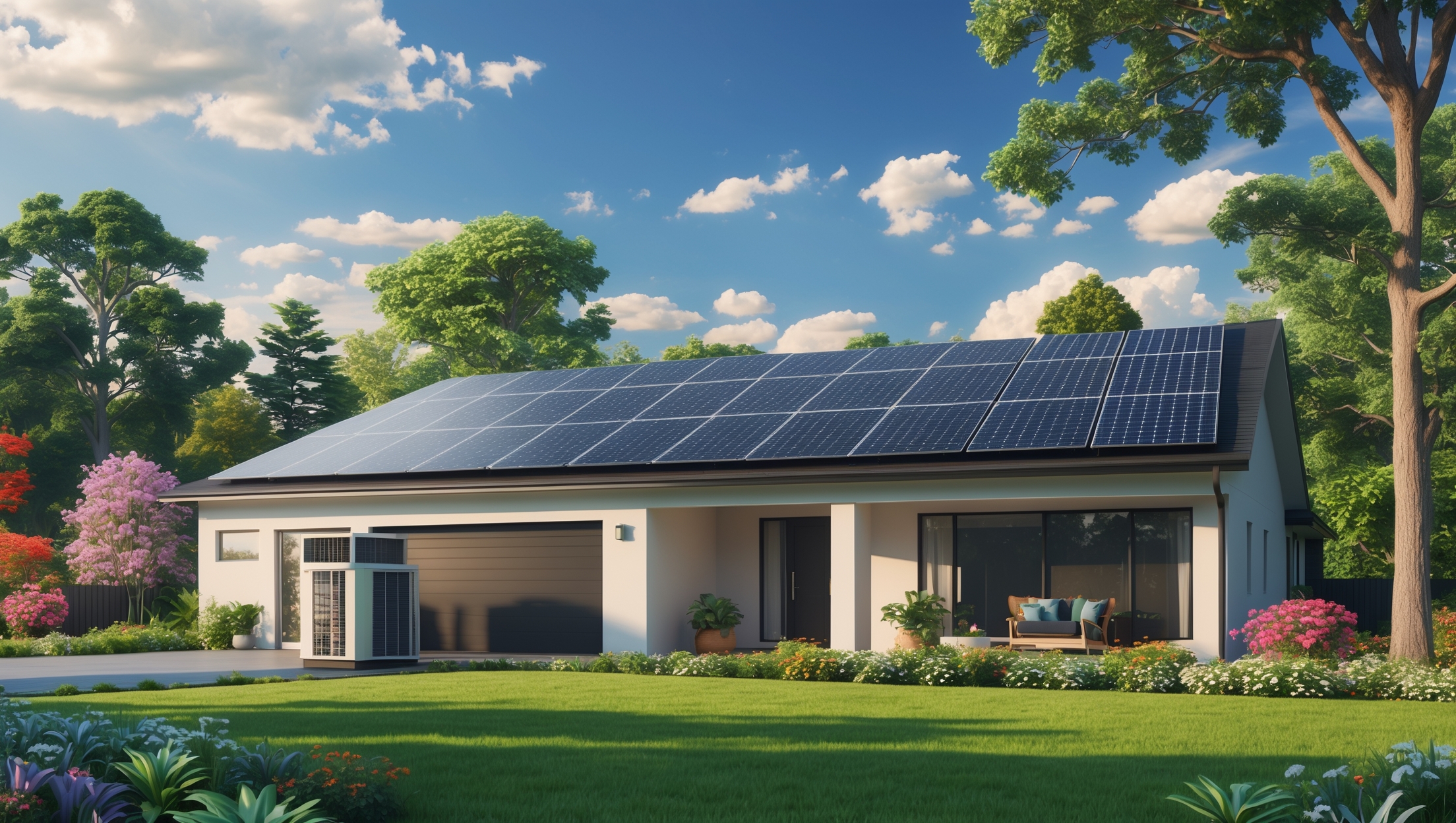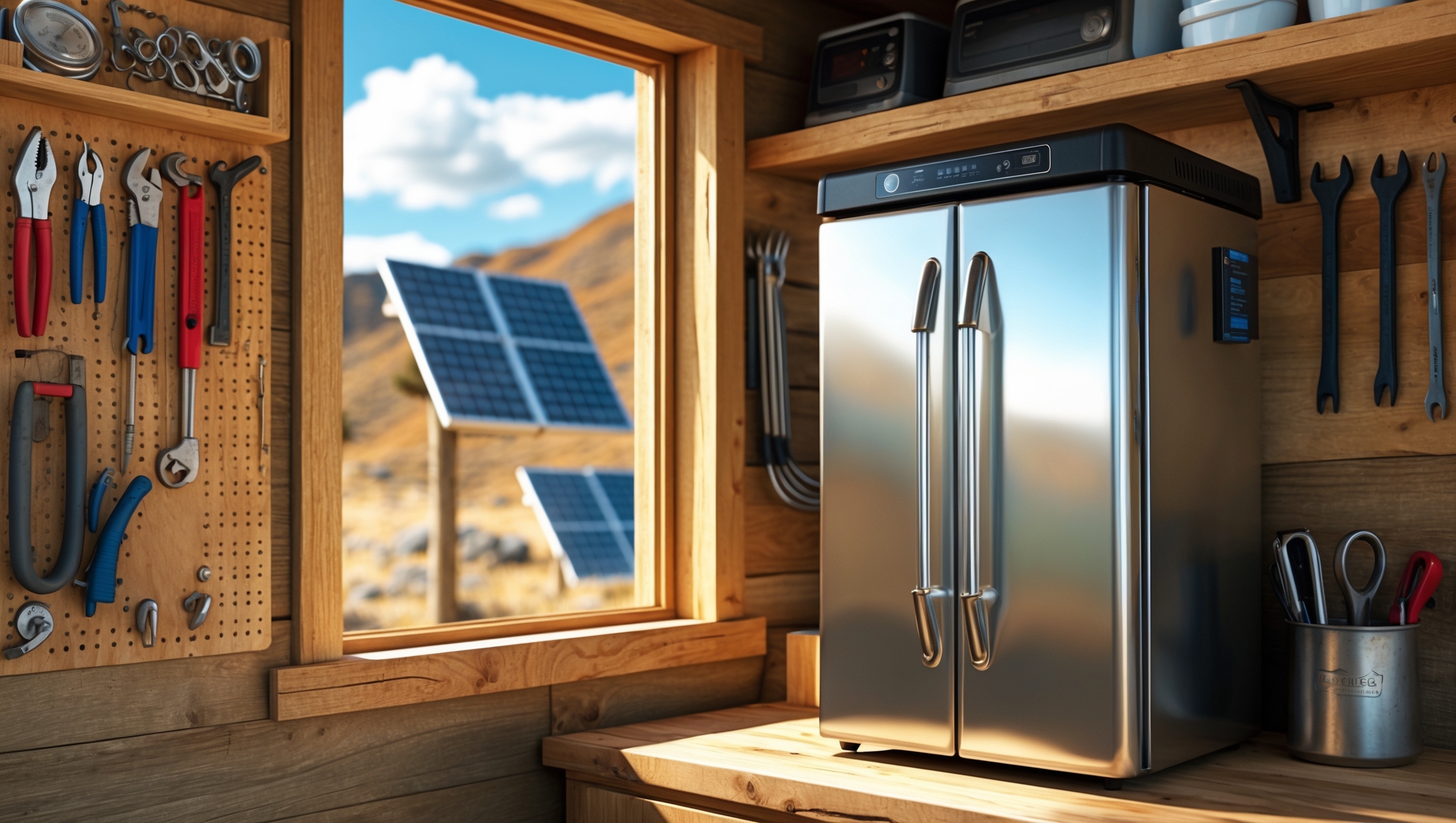Introduction: The Importance of Seasonal Maintenance for Solar Air Conditioning
Residential solar air conditioning systems are rapidly transforming the way homeowners approach cooling, especially in regions with abundant sunshine. By harnessing solar energy to power air conditioning units, households can significantly reduce electricity bills and carbon footprints. However, to truly unlock the potential of these systems, regular and season-specific maintenance is crucial. Unlike traditional AC units, solar-powered systems rely on both photovoltaic (PV) performance and the health of the HVAC equipment. Seasonal changes—from fluctuating temperatures to pollen surges and winter storms—affect both components in different ways. A targeted maintenance approach ensures not only consistent comfort but also preserves the long-term integrity of your investment.
This comprehensive checklist is designed for homeowners, property managers, and sustainability enthusiasts seeking to maximize the efficiency and lifespan of their residential solar air conditioning systems. We’ll break down what needs attention before, during, and after each season, highlight essential tools and best practices, and provide actionable steps for troubleshooting common issues. Whether you’re a seasoned DIYer or just starting your journey into green technology, following these guidelines will help you stay cool, sustainably—year after year.
Understanding Solar Air Conditioning: Key Components and Seasonal Impact
How Solar Air Conditioning Works
Solar air conditioning systems typically use photovoltaic panels to generate electricity, which powers high-efficiency air conditioning units. Some hybrid models can also draw from the grid or incorporate thermal solar collectors. The effectiveness of the entire system depends on both the energy generation (solar panels) and energy consumption (AC unit), making holistic maintenance essential.
Seasonal Factors Affecting Performance
- Spring: Pollen, dust, and emerging foliage can dirty panels and filters.
- Summer: High heat and increased AC use require optimal efficiency; panel overheating is possible.
- Autumn: Falling leaves and debris may block panels and vents.
- Winter: Snow, ice, and lower sun angles reduce solar output and strain system components.
Spring Checklist: Preparing for Peak Cooling Season
1. Inspect and Clean Solar Panels
- Visual Inspection: Check for dirt, pollen, bird droppings, and minor damage.
- Cleaning: Use a soft brush and hose (avoid high pressure). Early mornings or late evenings are best to prevent thermal shock to glass.
- Check Mountings: Ensure all brackets and fasteners are secure after winter storms.
2. Test System Output
- Monitor Wattage: Use your inverter’s monitoring app or display to check PV output against expected values for spring sunlight.
- Address Anomalies: If output is lower than usual, check for shading, dirty panels, or inverter errors.
3. Service the Air Conditioning Unit
- Replace or Clean Filters: Air filters clogged with winter dust or pollen reduce efficiency and air quality.
- Inspect Refrigerant Lines: Look for leaks, corrosion, or insulation damage.
- Check Outdoor Condenser: Clear away any vegetation, leaves, or debris.
4. Update System Software and Firmware
- Ensure your inverter, monitoring system, and smart thermostats have the latest updates for optimal performance and security.
Summer Checklist: Maintaining Peak Efficiency
1. Optimize Panel Performance
- Mid-Season Cleaning: Dust and pollen can accumulate quickly during dry spells; clean panels as needed.
- Monitor for Overheating: Excessive heat can lower PV output; check for proper airflow around panels.
2. Maximize Air Conditioning Efficiency
- Check Thermostat Calibration: Ensure your smart thermostat is accurately reading indoor temperatures.
- Seal Windows and Doors: Prevent cool air from escaping and reduce overall AC load.
- Shade Outdoor Units: If possible, provide shade for the AC condenser (without blocking airflow) to improve efficiency.
3. Regularly Monitor System Performance
- Track Energy Usage: Compare real-time solar generation and AC consumption to identify potential inefficiencies.
- Listen for Unusual Noises: Squealing, rattling, or hissing from the AC unit may signal wear or refrigerant leaks.
4. Prepare for Heatwaves
- Backup Plans: Ensure you have grid or battery backup in place for prolonged cloudy periods.
- Emergency Contact List: Keep the contact information of your installer or a qualified HVAC technician handy.
Autumn Checklist: Prepping for Off-Season and System Longevity
1. Remove Leaves and Debris
- Panel Clearing: Remove leaves from panels and roof to prevent moisture buildup and shading.
- Gutter Maintenance: Clean gutters to avoid overflow that could splash debris onto panels or AC units.
2. Inspect System Components
- Check Wiring and Connections: Look for signs of rodent activity, frayed wires, or corrosion on connectors.
- Examine AC Drains: Clear condensate drain lines to prevent mold and water damage.
3. Schedule Professional Inspection
- Annual Service: Autumn is an ideal time for a professional checkup—technicians can spot issues before winter, when repairs are more challenging.
- Review System Warranty: Confirm maintenance records are up-to-date to maintain warranty coverage.
Winter Checklist: Protecting Your Solar AC Investment
1. Snow and Ice Management
- Clear Panels Safely: Use a telescoping soft brush to gently remove snow; avoid abrasive tools that could scratch glass.
- Inspect for Ice Dams: Ice buildup can damage mounting hardware or roof; ensure attic insulation is adequate.
2. Monitor Reduced Output
- Track Sun Hours: Be aware that shorter days and lower sun angles reduce PV output; plan AC usage accordingly if used for heating as well.
- Check Battery Systems: If you have storage, monitor charge/discharge cycles and keep batteries within recommended temperature ranges.
3. Protect Outdoor Equipment
- Cover Condenser Units: Use breathable covers to shield from snow and ice, but remove before operation to maintain airflow.
- Inspect for Animal Nests: Rodents may seek warmth near AC components; check and remove any nests.
Essential Tools and Supplies for Year-Round Maintenance
- Soft-bristle telescoping brush (for solar panels)
- pH-neutral solar panel cleaner solution
- Garden hose (not pressure washer)
- Smartphone or tablet (for system monitoring apps)
- Replacement HVAC filters
- Insulated screwdriver set (for safe electrical checks)
- Flashlight or inspection camera
- Weatherproof covers for outdoor units
- Protective gloves and eyewear
Troubleshooting Common Seasonal Issues
Poor Solar Generation
If your panels are underperforming despite clear weather, check for soiling, partial shading from new plant growth, or inverter faults. Use your monitoring system’s error logs for diagnostics. Persistent issues may require a professional technician.
Reduced Cooling Efficiency
Clogged filters, low refrigerant, or blocked vents are the most common culprits. Replace filters every 1–3 months during heavy use. If the system fails to cool adequately after basic checks, a refrigerant leak or compressor problem may be to blame—contact a licensed HVAC specialist.
Unusual Noises or Odors
Rattling or buzzing may signal loose mounts or debris in the condenser fan. Musty odors often indicate mold in ducts or drain pans. Clean and secure components as needed; persistent problems warrant professional assessment.
Maximizing System Lifespan and Performance
Regular Documentation
Maintain a detailed log of maintenance activities, including dates, actions taken, and any observed issues. This record helps track performance trends and supports warranty claims.
Upgrade Opportunities
- Consider adding battery storage or upgrading to higher-efficiency AC units as technology advances.
- Install smart thermostats or integrate with home automation systems for optimized scheduling and remote diagnostics.
Professional Support
Even skilled DIYers should schedule annual professional inspections to address electrical, refrigerant, or structural issues beyond routine cleaning and monitoring.
Conclusion: Sustainable Comfort Through Proactive Care
Residential solar air conditioning represents a significant leap toward eco-friendly, cost-effective home cooling. Yet, the full benefits—maximum efficiency, reduced energy costs, and system longevity—are only realized through diligent, season-specific maintenance. By following this comprehensive checklist, you not only protect your investment but also ensure that your home remains a sanctuary of comfort, no matter the weather.
Each season brings unique challenges, from pollen and heatwaves to fallen leaves and winter storms. Addressing these proactively keeps both your solar panels and air conditioning units working in harmony. Routine inspection, timely cleaning, and prompt troubleshooting prevent minor issues from escalating into costly repairs or system downtime. Moreover, maintaining detailed records and staying current with system upgrades and professional inspections will keep your setup at the cutting edge of energy efficiency.
Sustainable living is not a set-and-forget endeavor—it’s an ongoing partnership with technology and nature. By investing a little time each season, you ensure your solar air conditioning system delivers reliable, green comfort for years to come. Stay cool, stay green, and let your home be a model of the sustainable future.





When doing seasonal maintenance on my residential solar AC system, how often should I be cleaning or checking the PV panels for things like pollen buildup, especially during spring? Is that something I can handle myself or does it require a professional?
During spring, pollen can accumulate quickly on your PV panels, so it’s a good idea to visually check them every two to four weeks. If you notice significant buildup, a gentle cleaning with water and a soft sponge or cloth is usually safe and effective for most homeowners. Just make sure to avoid harsh cleaners or abrasive tools. You only need a professional if you’re uncomfortable working on your roof or if you notice persistent performance issues.
I’m curious about troubleshooting: if my solar AC’s performance drops suddenly during a seasonal transition, is there a recommended sequence for checking whether the issue is with the panels, the inverter, or the AC unit?
If your solar AC’s performance drops suddenly, start by checking the solar panels for debris or shading that could reduce power output. Next, inspect the inverter for warning lights or error messages, as inverter issues are common. Lastly, check the AC unit itself for clogged filters or refrigerant problems. Address each component in this order to isolate the cause efficiently.